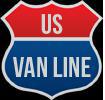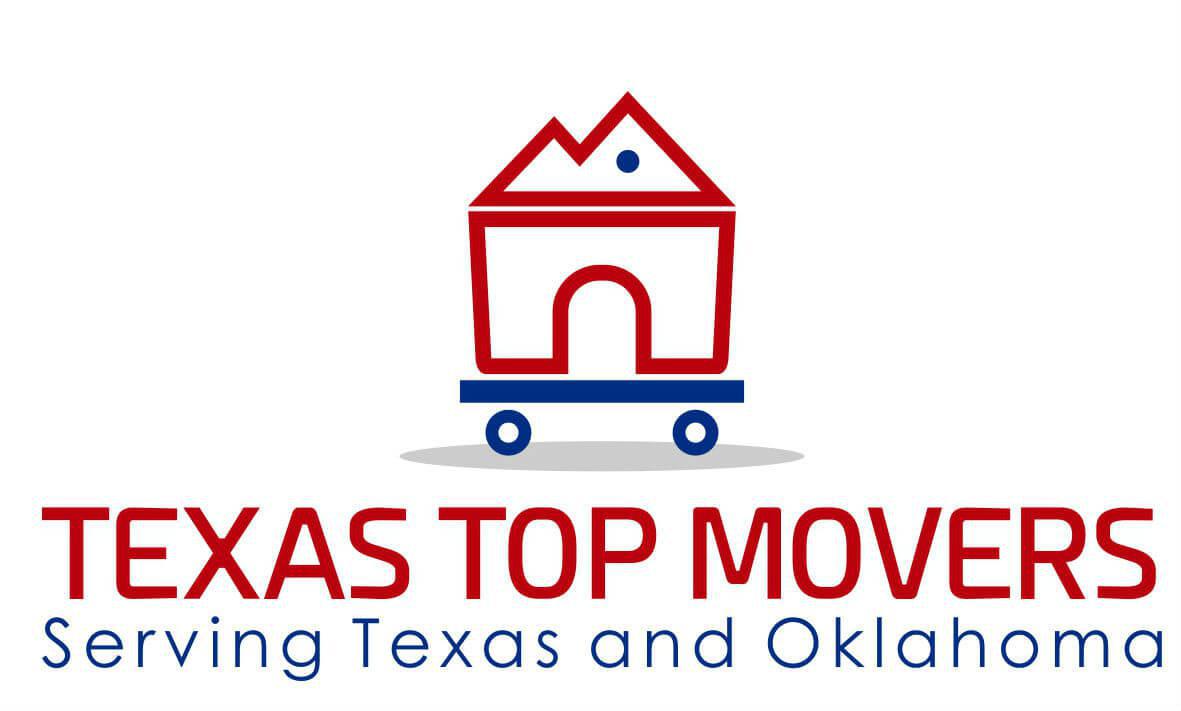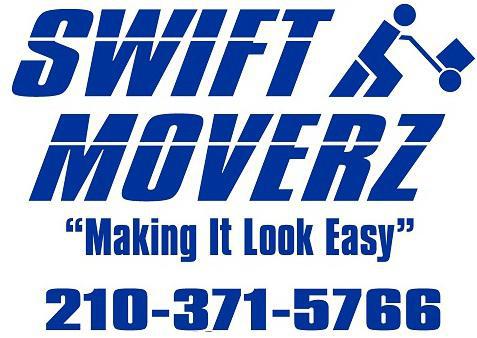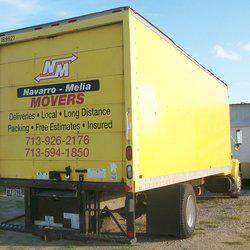Texas Movers Top Rated
(888) 787-7813985 Movers in Texas
Page 1/66
Upgrade Your Experience With Texas Moving Companies
The best Texas moving companies are usually Texas interstate movers. Due to its sheer size, you probably need a cross country mover even when moving within Texas. Spot the best state to
When you need to move your furniture, your next step is to hire an American moving company. But what about when you need the best car transport in Texas? It's unlikely that
The Price Tag of International Moving: What You Can Expect When You Move Abroad
- The most common type of international move involves for the customer to pack his or her own belongings and have an international moving company handle their processing overseas.
- This is called a “door to door move,” and is fairly routine in this day and age with technology on the rise, and our world
being more connected than ever. - It goes without saying, but a move overseas is bound to cost much more than a simple domestic
long distance move. - This is due to the extra distance involved, as well as extra amenities like translation services, visa paperwork, and customs authorizations.
- In addition to bracing yourself for the total cost of the move, it’s important to factor in that your household goods shipment might take a few days or some weeks to arrive
to your new place. Budget the cost of food and temporary lodging when all your stuff is in transit. - Most importantly, have fun! Traveling is an experience coveted by all but enjoyed by few, so make sure to make the most of your international move and the time you spend waiting for your possessions to arrive.
The Art of Eating (And Drinking) Like a Texan
- Tex-Mex food is more than just Americanized Mexican cuisine, it’s a way of life for Texans.
- The most effective way to beat the brutal Texas heat is to grab a frosty margarita. If you don’t drink, no problem! Non-alcoholic options are always on the table.
- Barbecue is more than just a way to cook meat, it’s a way to bring people together. Cookouts, outdoor parties, and family get-togethers all center around this down-home, Southern meal.
- The people in Texas may be sweet, but their tea is even sweeter. In the Deep South, tea is served on ice and with more sugar than some desserts.
Little-Known Details About Life in Texas
- Tech-
xas : Since the flood of innovation of the digital age, Texas has had a jump in tech companies opening offices, and even headquarters, in cities like Houston, Austin, and Dallas. - Taxes/Texas: The words may look similar, but they are indeed very different; residents of Texas do not pay personal state income tax.
- Innovation: Some of the most unexpected yet commonplace parts of our daily lives originated in Texas, such as the ATM and elevator music.
- Everything's Bigger in Texas: It’s quicker to drive from El Paso, TX to California than it takes to drive from El Paso, TX to Dallas, TX.
Heavy Lifting: The Art of Moving Large Furniture
- Make it a group effort. When you lift something heavy and bulky by yourself, you are putting yourself in the way of tremendous harm. Be safe and get a group of people (preferably movers Texas) to help evenly distribute the weight of the object.
- If you can take it apart, do it. Some large furniture items like dressers, wardrobes, desks, and tables can be disassembled for easier transport.
- Get the right equipment. When you use the proper tools to move, such as dollies and lifts, your heavy item can be transported safely and properly. Most moving companies Texas will have these items for rent.
- Leave it to the pros. It’s usually best for the safety of the item (and everyone involved) that movers in Texas with specialized training lift and transport it.
- Heavy items that need extra care: Pianos, hot tubs, refrigerators, pool tables, beds, and sofas need to be treated with extra care in order to move them successfully.
Movers By City in Texas
Do you know?

- A moving company, removalist, or van line are all companies that help people as well as other businesses to move their goods from one place to another. With many inclusive services for relocation like packing, loading, moving, unloading, unpacking and arranging of items can all be taken care of for you. Some services may include cleaning the place and have warehousing facilities.
- According to the U.S. Census Bureau, 40 million United States citizens have moved annually over the last decade. Of those people who have moved in the United States, 84.5% of them have moved within their own state, 12.5% have moved to another state, and 2.3% have moved to another country.
- In the United States and Canada, the cost for long-distance moves is generally determined by a few factors. The first is the weight of the items to be moved and the distance it will go. Cost is also based on how quickly the items are to be moved, as well as the time of the year or month which the move occurs. In the United Kingdom and Australia, it's quite different. They base price on the volume of the items as opposed to their weight. Keep in mind some movers may offer flat rate pricing.
- Many people are familiar with this type of moving, using truck rental services, or borrowing similar hardware, is known as DIY moving. Whoever is renting a truck or trailer large enough to carry their household goods may obtain moving equipment if necessary. Equipment may be items such as dollies, furniture pads, and cargo belts to protect furniture and to ease the moving process.
- As most people have experienced, moving does involve having the appropriate materials. Some materials you might find at home or may be more resourceful to save money while others may choose to pay for everything. Either way materials such as boxes, paper, tape, and bubble wrap with which to pack box-able and/or protect fragile household goods. It is also used to consolidate the carrying and stacking on moving day. Self-service moving companies offer another viable option. It involves the person moving buying a space on one or more trailers or shipping containers. These containers are then professionally driven to the new location.
- There many reasons for moving, each one with a unique and specific reason as to why. Relocation services, employee relocation, or workforce mobility can create a range of processes. This process of transferring employees, their families, and/or entire departments of a business to a new location can be difficult. Like some types of employee benefits, these matters are dealt with by human resources specialists within a corporation.















